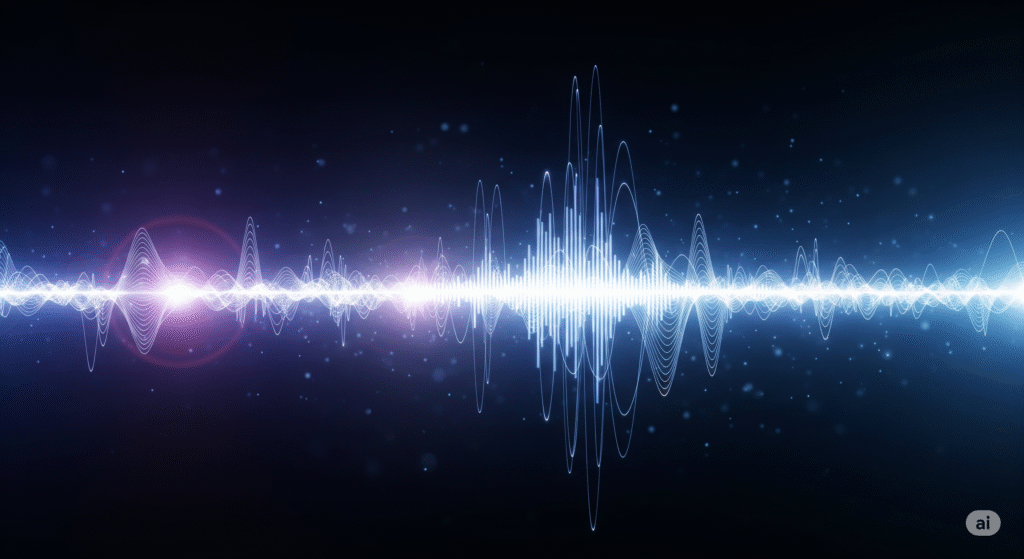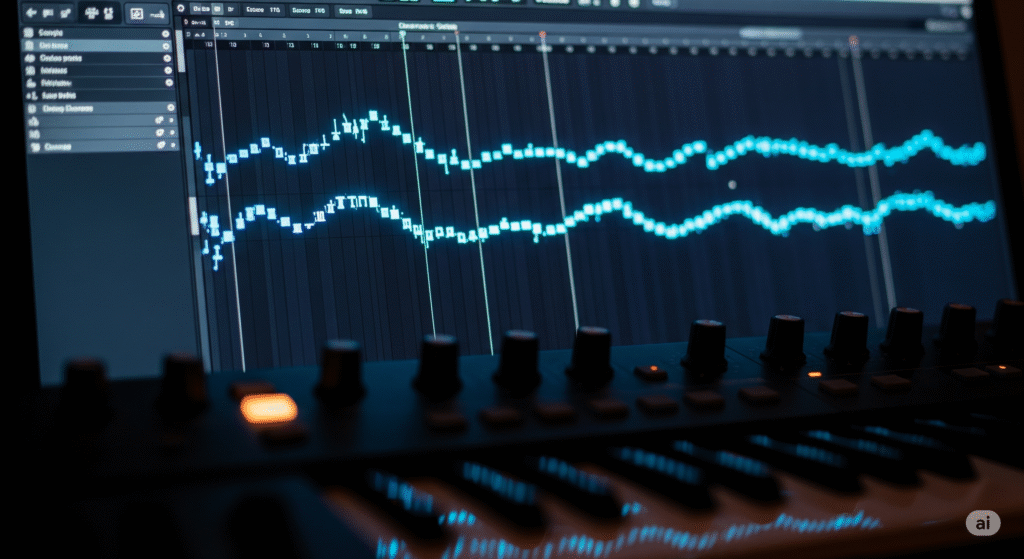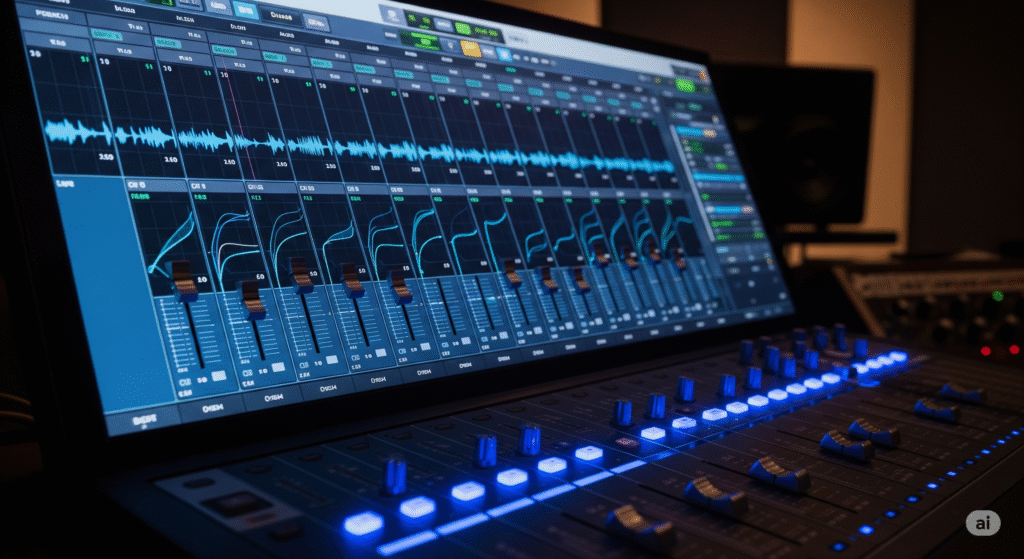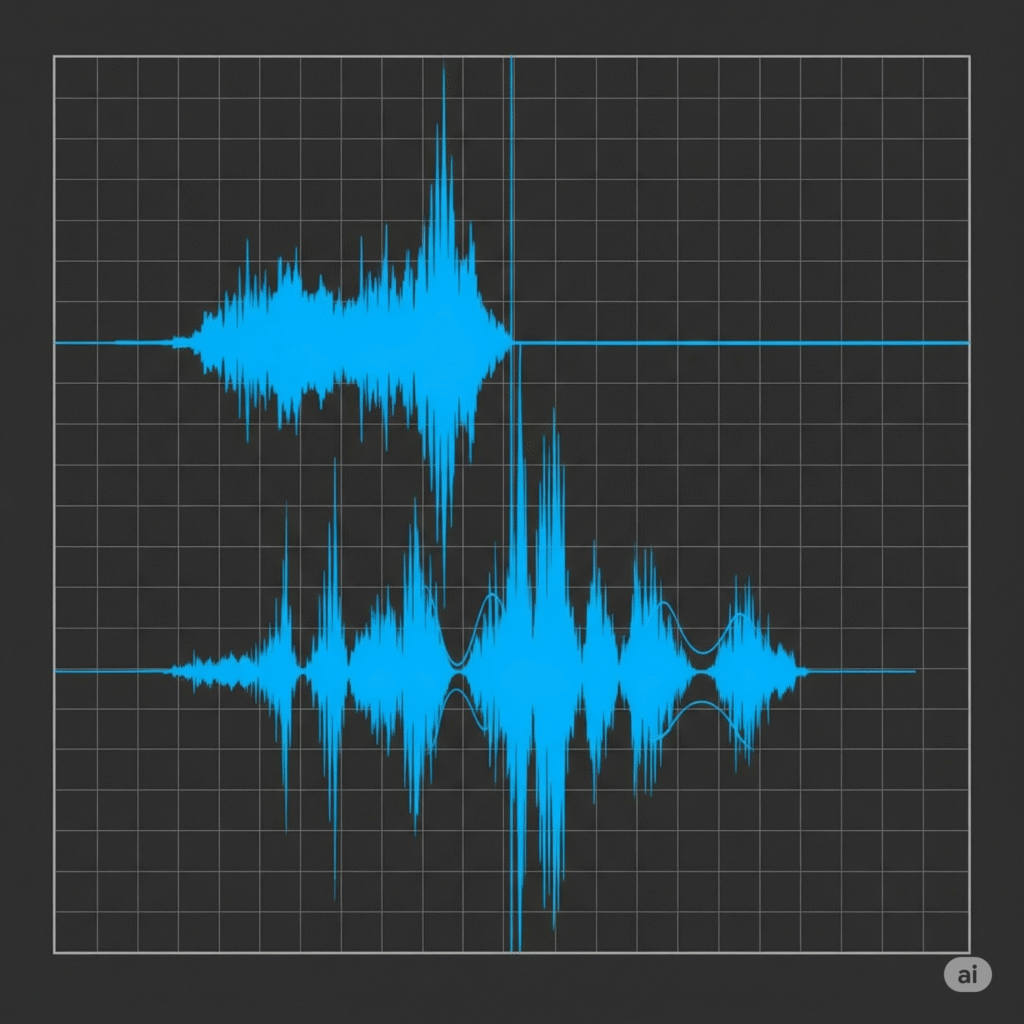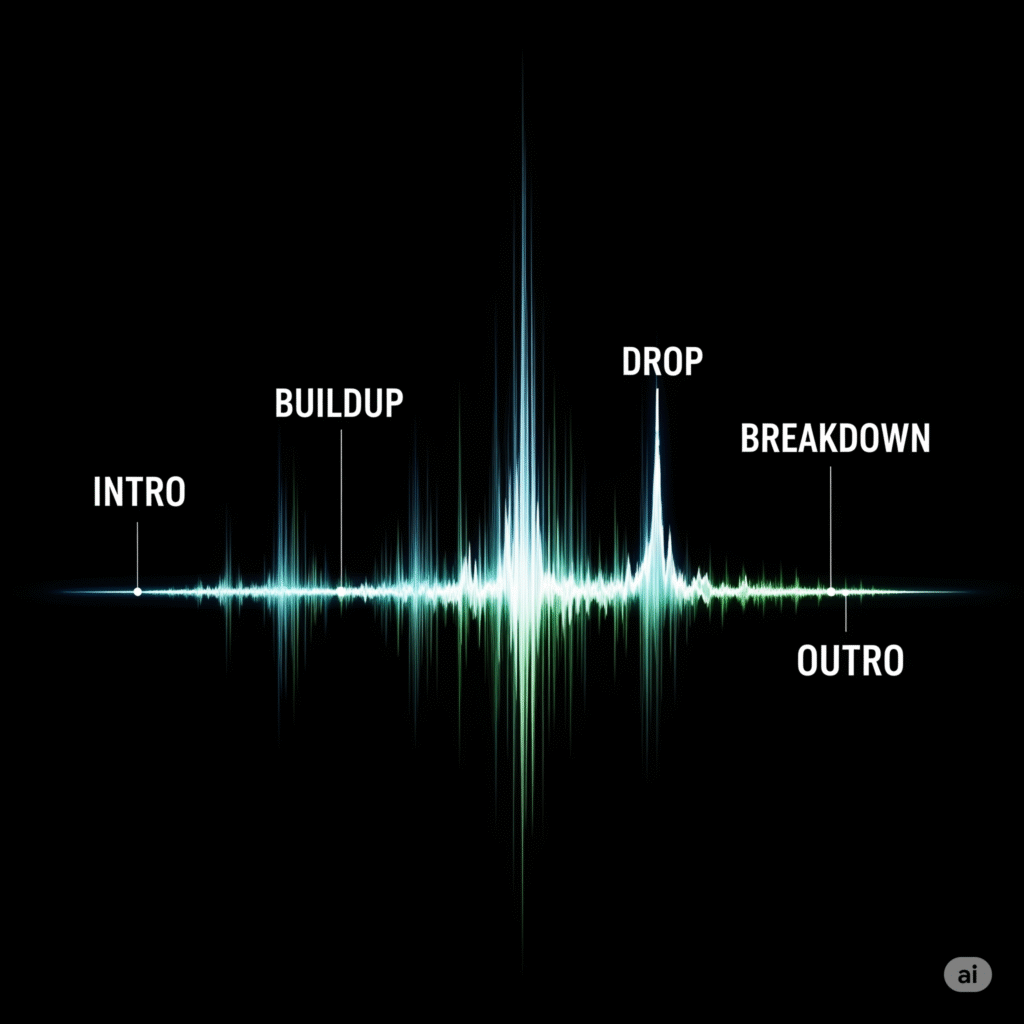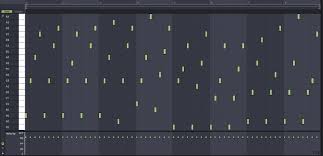5 Common Mixing Mistakes That Ruin Your Techno Tracks (And How to Fix Them)
Mixing a techno track is a delicate balance. You’re chasing power and weight, but also clarity and space. It’s incredibly frustrating when you have a great idea, but the final mix sounds muddy, weak, or just doesn’t translate well outside your studio.
Often, the problem isn’t your creative skills, but a few common technical mistakes that are easy to fix once you know what to look for.
Here are 5 of the most common mixing mistakes that might be ruining your techno tracks, and a clear guide on how to solve each one.
Mistake 1: A Muddy, Uncontrolled Low-End
The kick and bass are the heart of techno, but they are also the biggest source of mixing problems. A muddy low-end happens when bass frequencies from different elements clash, creating a boomy, undefined mess that consumes all the headroom.
- The Problem: Your kick drum disappears, and the sub-bass feels disconnected from the track. Your mix sounds powerful on your headphones but falls apart on a big club system like those in Berlin or Amsterdam.
- The Fix:
- Subtractive EQ: Before you boost anything, cut. Use a high-pass filter (HPF) on every element that doesn’t need sub-bass frequencies. This includes hi-hats, pads, and even some synth leads. A cut around 80-100Hz on non-bass elements can work wonders.
- Sidechain Compression: This is a classic techno technique for a reason. Place a compressor on your bassline and set the input (“sidechain”) to your kick drum. Every time the kick hits, the bassline’s volume will duck slightly, creating space for the kick’s transient to punch through. This creates a tight, rhythmic pulse.
Mistake 2: Neglecting the Mid-Range
Many producers focus so much on the seismic sub-bass and crisp highs that they forget the most important part of the mix: the mid-range (approx. 250Hz – 4kHz). The mid-range is where most instruments have their character and definition. If it’s a mess, your track will sound hollow or harsh on laptops, phones, and standard club systems.
- The Problem: Your synths sound thin, your percussion lacks impact, and the whole track feels empty.
- The Fix:
- Be a Surgeon with EQ: The mid-range is often crowded. Use a precise EQ to carve out a specific frequency pocket for each important element. For example, if a synth lead has a strong presence at 2kHz, consider making a small cut in that same area on a competing pad sound. This gives each element its own space to breathe.
- Check in Mono: Regularly check your mix in mono. If key elements disappear or the mix becomes phasey, it’s a sign that your mid-range is cluttered and needs cleaning up.
Mistake 3: Overusing Compression
Compression is essential for controlling dynamics and adding punch, but too much of it will suck the life out of your track. Over-compression leads to a flat, lifeless “sausage” waveform with no dynamic range, causing listener fatigue.
- The Problem: Your track sounds loud but has no impact. The groove is gone, and everything feels squashed together.
- The Fix:
- Use Parallel Compression (New York Compression): Instead of putting a heavy compressor directly on a track, send the track to an auxiliary bus. Heavily compress this bus, then blend just a small amount of the compressed signal back in with the original, dry signal. This adds power and density without destroying the original dynamics.
- Slower Attack Times: On elements like snares or synth plucks, a slightly slower attack time on the compressor will allow the initial transient to pass through before the compression kicks in, preserving the punch.
Mistake 4: Poor Stereo Imaging
Producers often think that “wider is better,” but a mix that is too wide can sound disconnected and weak, especially in a club. Conversely, a mix that is too narrow will sound flat and uninteresting.
- The Problem: Your mix sounds huge on headphones but weak and phasey on speakers. The core elements lack a solid center.
- The Fix:
- Keep Your Low-End in Mono: This is a golden rule. Kick drums, sub-bass, and the low-end of your main bassline should almost always be in the center (mono). This provides a solid, powerful anchor for your track. Use a utility plugin to narrow the frequencies below ~120Hz to mono.
- Use Width Strategically: Use the stereo field for pads, hi-hats, and atmospheric effects. This contrast between a tight, mono low-end and wide high-frequency elements creates a mix that feels both powerful and spacious.
Mistake 5: Not Using Reference Tracks
You can’t know if you’re going in the right direction without a map. Mixing in a vacuum is a recipe for disaster, as your ears quickly get used to the sound of your own track, even if it has major flaws.
- The Problem: Your mix sounds great in your studio, but when you play it next to a professional track from an artist you admire, it sounds amateurish.
- The Fix:
- A/B Testing is Crucial: Choose a professionally mixed and mastered techno track in a similar style to yours. Import it into your project. Lower its volume to match the level of your own mix. Switch back and forth between your track and the reference, paying close attention to the kick level, bass weight, clarity, and overall loudness. This will immediately reveal the weaknesses in your own mix.
By consciously avoiding these five mistakes, you’ll be well on your way to creating techno mixes that are powerful, clear, and ready for any sound system.

